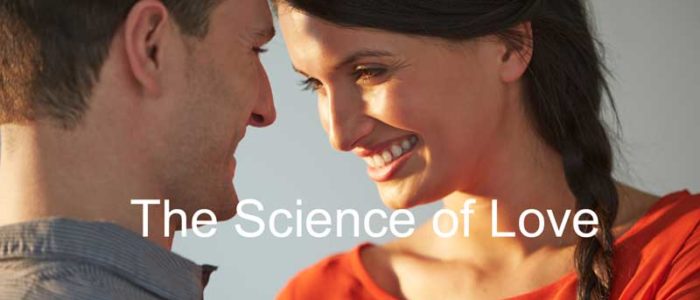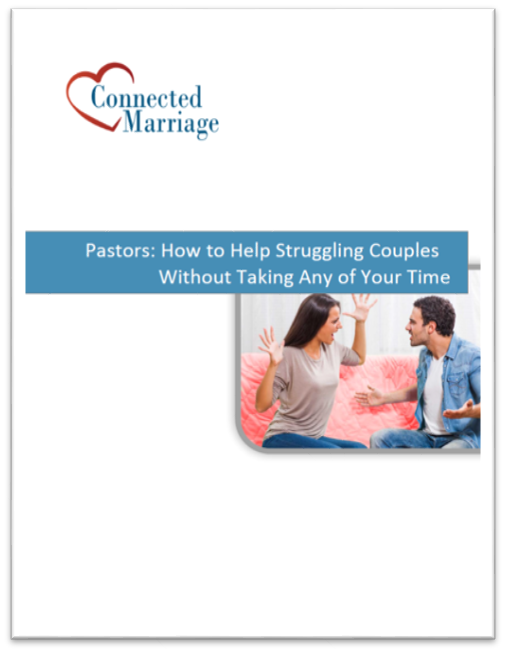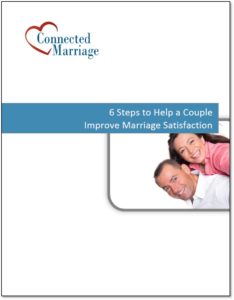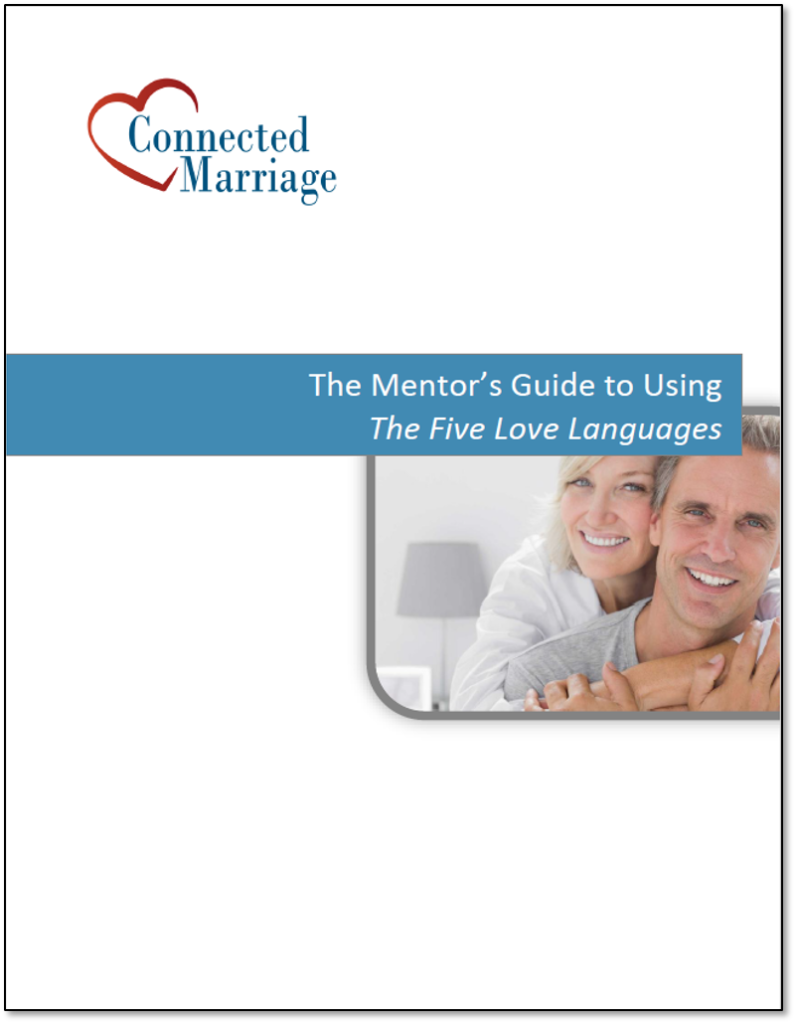The Science of Love
Science Has Proven that We Are Created to Bond
Did you know that love is scientifically understandable?
I love that science is coming up with more and more evidence to support Genesis 2 where it says a man “is united to his wife”. This is all about a bond.
I recently attended the American Association of Christian Counselors conference. This is a great conference that has many of the top speakers in Christian counseling. I had the pleasure of hearing a talk by Dr. Sue Johnson, one of the top marriage researchers and the author of Emotionally Focused Couple Therapy.
Science has been advancing and neurobiologists are now able to devise experiments that peer into the brain and actually see how our brain reacts when we are afraid, or are happy, or when we love. We now have a fresh look how love happens, and what it takes to repair it.
Here are three takeaways that I received from her talk.
Takeaway #1: We have an innate longing for relationships.
We are born to connect!
Babies are born helpless and dependent. It takes years and years for us to grow up. Not a new idea, is it?
We, as parents, are also innately created to take care of babies. I remember the thrill of picking up my own kids and taking care of them. Sure, at times it was hard, but I loved it when my kids would coo and react to my funny faces. They wanted to interact and I loved their reactions.
Psychologists call this attachment and studies on how we bond are the basis of this science. We have been created for connection.
Takeaway #2: Love is not about infatuation, but seeking safety.
We need safety and security as children. We don’t outgrow that. We take this need into our marriage relationship.
We need to know that our spouse is there for us. We need that connection. We call out, “Are you there for me?”
A secure attachment requires three elements. Dr. Johnson explains this with the acronym A.R.E.
- Accessibility – you are available to me and emotionally open to what I am saying.
- Responsiveness – you respond and offer comfort and caring.
- Engagement – you are emotionally present and involved with me.
When we don’t perceive that our partners are accessible, responsive and engaged, we may react with common demand-withdraw cycles that cause our connection to suffer.
Takeaway #3: The priority is how we create a safe and secure relationship.
I am a marriage educator. I teach communication and conflict management techniques.
Are these helpful? Yes, if you keep in mind that the end goal is a safe and secure connection.
Coming to an agreement about who takes out the garbage is helpful, but it’s easy to lose the big picture. We want connection. That’s the big picture. That’s the point of communication techniques.
Love is about knowing that your partner will be there for you, even if the two of you disagree. Do you feel emotionally connected? Is your partner there for you when you reach out? Will they help, comfort and support you?
As a marriage educator, I don’t want to get lost in the details of a negotiation. I want to help couples to develop and restore their secure connection to one another.
I loved the talk by Dr. Johnson. If you want to learn more, I recommend her books “Love Sense” and “Hold Me Tight.”
Tips for Marriage Mentors:
- Focus on the bond – Make the bond the priority. Are couples there for each other?
- Put couple safety and security first – Couples need to feel that their partner is available for them. What’s threatening safety? What’s tearing that connection down?
- Don’t get lost in conflict management techniques – Communication and conflict management are important, but negotiating a compromise to a conflict is secondary to making sure both partners feel valued and respected.
For More Reading:
Johnson, S. M. (2013). Love sense: the revolutionary new science of romantic relationships. New York: Little, Brown and Company.
Johnson, S. (2011). Hold me tight: your guide to the most successful approach to building loving relationships. London: Piatkus.
Other Posts You May Like:





Hi Phil thank you for the post its meaningfully and helps a person to understand how important the need for and maintaining that connection is amongst couples.
You have recommended to read hold me tight and even though it’s a book written for all types of relationships e.g. cohabiting and gay marriage.
What’s your view please
Regards
Tough choices that you bring up!
I wrote that post after I heard Sue Johnson speak at the American Association of Christian Counselors (AACC) conference. She came on after Dr. Daniel Amen, who gave a great testimony of his faith.
It was interesting. I think that everyone was wondering if Sue Johnson was a Christian. After the talk I went out to lunch with a pastor and a Christian psychologist. We were wondering if she was Christian or not. She didn’t give a definitive faith statement, so I don’t know.
Personally, I am a conservative evangelical. I do relate to the AACC, which is about as evangelical as it gets.
Unfortunately, when it comes to scientific psychological research, much of it isn’t specifically Christian. That means that they research and write about cohabitating and gay couples. I do know that Sue Johnson references that in her books.
I want to look for truth wherever it is, even from secular psychology. My desire is to be Biblically based and psychologically sound. So, I want to reference scientific research that I think is sound.
Attachment theory is one of those areas of research that adds to our Christian understanding of relationships. Many of the breakout sessions at the AACC conference were based on attachment theory. Sue Johnson is one of the leading researchers. I also saw some Christian versions of attachment theory.
If you prefer to only read Christian authors, I suggest Attachments by Dr. Tim Clinton and Dr. Gary Sibcy. They also reference Sue Johnson’s work in their book. Tim is the President of the AACC. Both Tim and Gary are also on staff at Liberty University.
I certainly understand your question. Personally, while I have a problem with cohabiting and gay marriage, I still find value with Sue Johnson’s work and writing.